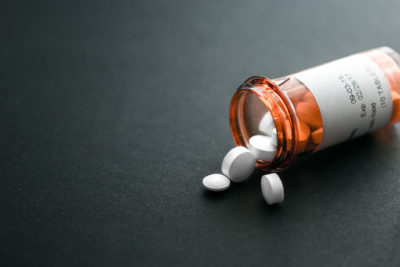 Gabapentin is known as Neurontin in its generic form and it is an anticonvulsant used to treat seizures. Gabapentin is not a controlled substance and has little potential for abuse or addiction when taken alone and as prescribed. However, when gabapentin is taken with other medications, such as opioids it can produce a high similar to that of marijuana. Instances of gabapentin abuse increased by 90% in the United States since 2008 According to the Drug Abuse Warning Network (DAWN).
Gabapentin is known as Neurontin in its generic form and it is an anticonvulsant used to treat seizures. Gabapentin is not a controlled substance and has little potential for abuse or addiction when taken alone and as prescribed. However, when gabapentin is taken with other medications, such as opioids it can produce a high similar to that of marijuana. Instances of gabapentin abuse increased by 90% in the United States since 2008 According to the Drug Abuse Warning Network (DAWN).
Why Do People Use It?
One of the reasons for gabapentin’s popularity is that it gives the same feelings as marijuana. The effects are calmness, euphoria, and more confidence around others. This can often lead to gabapentin abuse.
Another reason people use it is they trust their doctor and feel like they know best. And why wouldn’t we trust our doctor to know the best course of action for our treatment?
The problem is that it does not have the approval to be used for many of the things it is prescribed for. There is simply not enough research yet into those conditions.
Furthermore, using it only gives the likelihood of a 15 to 20 percent satisfaction rate in alleviating symptoms.
Most people probably start off with around 300 mg of the gabapentin. However, the dosage may be tweaked, with some using up to 3600 mg.
Side Effects (Physical and Mental)
It also has mental and physical side effects including:
- Dizziness
- Double vision
- Fatigue
- Fever
- Lack of coordination
- Memory loss
- Nystagmus (involuntary eye movement)
- Sleepiness
- Tremors
- Viral infections
- Unsteadiness
As well as psychiatric side effects including:
- Agitation
- Decreased libido
- Depersonalization
- Increased libido
- Mania
- Paranoia
Widespread Use
According to Stat News in Ohio, it was the most prescribed medication in December of 2018. This was 9 million doses more than the next popular drug, oxycodone. But this is a widespread issue, not just in Ohio.
Gabapentin’s ability to tackle multiple ailments has helped make it one of the most popular medications in the U.S. In May, it was the fifth-most prescribed drug in the nation, according to GoodRx.
It doesn’t have the same risks as opioids as far as overdoses, but that doesn’t mean it can’t be harmful. Plus, some use it to intensify the use of opioids. One study found that 22 percent of opioid-dependent individuals sampled had a gabapentin prescription, and 40 percent of those who had a gabapentin prescription reported using more gabapentin than prescribed.
While it is not an opioid nor designated a controlled substance by federal authorities, it is still addictive and comes with a host of withdrawal symptoms.
These include:
- Heart palpitations
- Headaches
- Bouts of anxiety
- Sleep problems, including insomnia
- A change in personality
- Flu-like symptoms
- Stomach issues
- Excessive perspiration
- New onset of pain
- Seizures or convulsions
- Cramps
- Dizziness
- Mood swings
These withdrawal symptoms come with effects like bouts of crying, nausea, agitation, and more.
There are dangers when people misuse it or use it in conjunction with other drugs. Keep in mind that while the span of effects is five to seven hours, it takes one to two days for the withdrawal symptoms to begin after stopping gabapentin.
